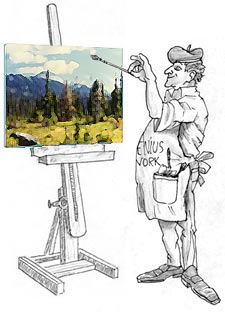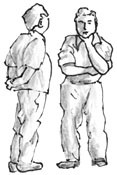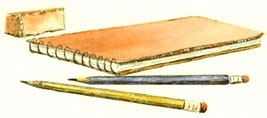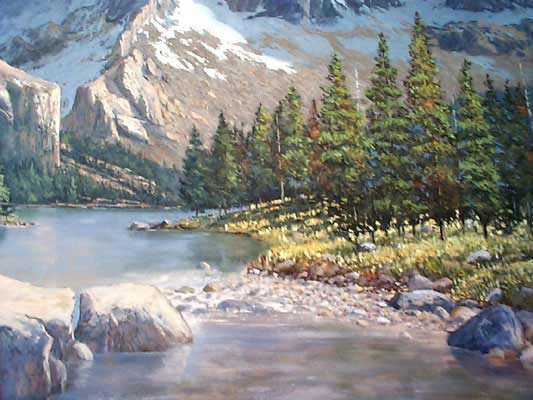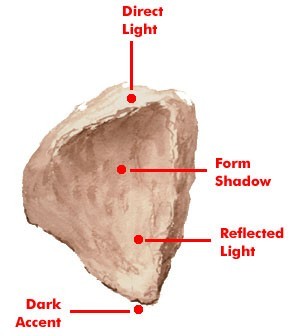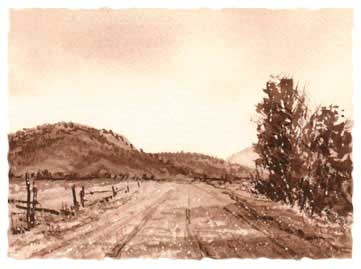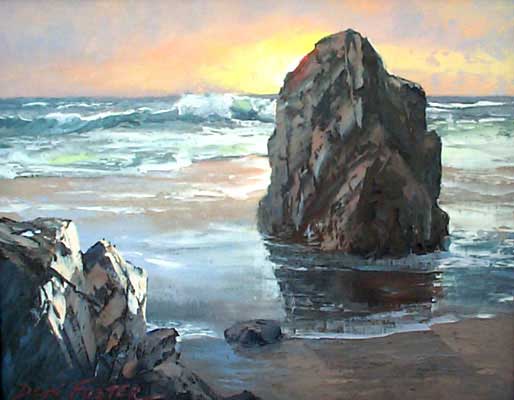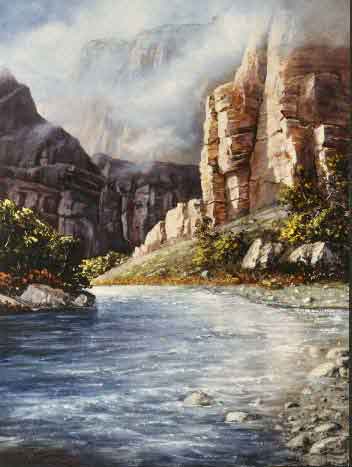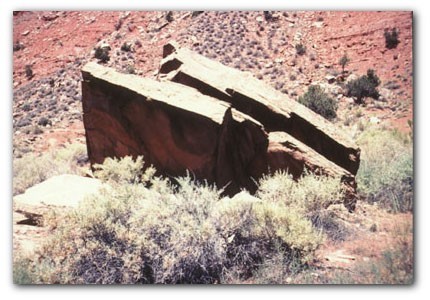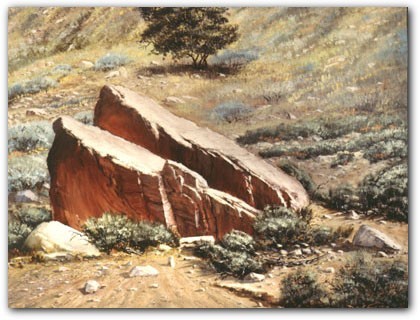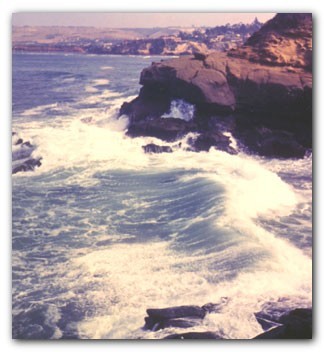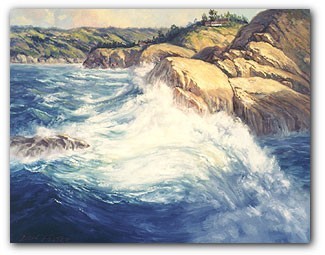| We at Rex Art, a family owned independent business since 1950, pride ourselves on sharing knowledge and providing a unique personal touch. We strive to ensure that each customer enjoys special treatment, as well as great savings. We are pleased to offer our customers articles from the popular Colorado artist/teacher, Don Foster. He is well qualified to help us continue to deliver top quality services and value to our customers. |
Don Foster's informative and inspirational articles, emphasizing creativity and originality are listed below with the most recent first. Please feel free to read through past articles, as his advice is timeless.
Lessons Six and SevenMore in-depth finished painting studies and analysis. These lessons provide information you will find useful as you paint from nature or photographs or when you compose scenes from your memory or imagination. And, an exciting opportunity awaits you. You’ll be able to review and test yourself as you are learning, through an analysis of over 100 fabulous nature photos taken by your instructor as inspiration and reference for his own paintings.
The CD enlarges and examines each of the 100 spectacular, memorable, once-in-a-lifetime views with you, revealing what Don Foster would choose to depict “just like it is,” what he’d change, and most importantly WHY. You will be painting from nature, in the comfort of your own home, as you enjoy step-by-step guidance. Turning imperfect photos into perfect paintings is the topic of this lesson. Here are samples from the Artists’ Workshop CD.
A special bonus is a screen saver, showing over 30 original oils by your instructor Don Foster. |
||||||||||||||||||||||||||||||||||||||||||
About the Author:
Artist-Instructor Don Foster was born in Ontario, Canada, and raised in British Columbia. He became a United States resident in 1955 and a citizen in 1965.
While still a student at the School of Art and Design in Laguna Beach, California, he began exhibiting his landscapes and seascapes and presenting lecture-demonstration programs to art associations.
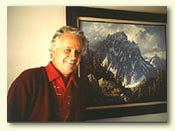 Requests for workshop classes and other teaching opportunities resulted in his obtaining a Life-Long State of California Teaching Credential as an oil painting and watercolor instructor.
Requests for workshop classes and other teaching opportunities resulted in his obtaining a Life-Long State of California Teaching Credential as an oil painting and watercolor instructor.
He later became a faculty member with Adult Education programs and the California State University, Long Beach. He has organized and taught annual outdoor oil painting classes in Grand Teton and Yosemite National Parks, the Canadian Rockies, and along the coasts of California, Oregon, Washington, and Hawaii.
His prestigious gallery representation has included Zantman’s of Carmel; The Jones Gallery, San Diego; the Saddleback Western Art Galleries, Santa Ana; and the Desert Southwest Gallery, Palm Desert, California.
Equally adept with either a painting knife or brushes, he now specializes in scenes of nature, striving to "point the finger of discovery" through impressionistic realism, visually sharing what he has seen or imagined.
Over the past few years he has gained international recognition through a unique and popular approach to art instruction. For more information, visit his web site, www.artistsworkshop.com
- Green art supply product
- Drop Ship - Item is shipped from manufacturer
- Oversized - Additional shipping may apply
- Item Ships via Truck - Additional shipping will apply
*Free Shipping Offer valid for single package non-oversized shipments over $100.00 (after all applicable coupons have been applied) and under 20 lbs. within the 48 contiguous United States only. All other areas must pay shipping and handling charges. Exclusions apply. Orders for stretcher bars, cradled wood panels, stretched canvas, flammable items, closeout or discontinued merchandise cannot qualify for our free shipping promotion. We reserve the right to ship via the carrier of our choice.
Copyright © 1997 - 2025 by Rex Art Co. All rights reserved. Prices shown are in U.S. Dollars. Prices are subject to change.




